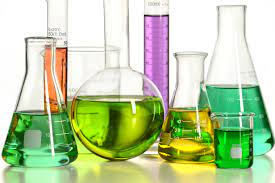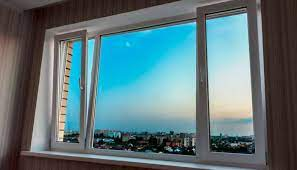Most of us do not give much thought to the fact that glass is everywhere. Glass is made from melting minerals at high temperatures. The main components are sand, limestone, and soda ash. Glass is commonly used for ornaments, bottles and glasses but did you know that it has other uses? Glass production is a process that can be modified to produce different types of glass with different properties. Here we look at some of these applications:
Borosilicate glass
This type of glass has a very high strength and durability. This type of glass can also resist extreme temperature changes without any effect. This type of glass is used to make Pyrex cookware, and in lab experiments. The glass is resistant to abrasions and can be used for lighting components.

The ability of borosilicate to resist exposure to harsh chemicals and jet fuel, as well as constant water pressure, is why it’s used so much in the transportation and industrial industries. It is therefore used in laboratory experiments, industrial machines, aircraft, and even explosion proof lighting.
Soda-lime Silica Glass
The most common household glass are jars and bottles, as well as food containers, accessories, and other items. This is the most common glass in the home, accounting for 90% of all glass produced worldwide. It is the same glass that we use in our home windows. For Worcester Double Glazing, visit www.firmfix.co.uk

The cost of making it is lower than for other types of glass because the materials are common and can be melted together at a lower temperature. The automated production process has also made it possible to produce in large quantities.
Phosphate glass
This type of glass has a low resistance to chemicals, but is highly resistant to hydrofluoric acids. This glass is able to be modified to increase its resistance to chemical corrosion. However, it has many uses because it can be used with add colourants.
The use of phosphor glass is limited to certain applications, such as in the medical, scientific and military fields. This glass type is used to stimulate bone growth in the medical field.
Where can I find other glass?
Microscope lenses, touchscreens for mobiles and tablets, glass displays, and telecoms gear all contain thin glass. It’s also used in many appliances, including oven doors, office products, refrigerators and dishwashers.
Our furniture is made of glass, including coffee tables, TV units, shelves, lighting, bookcases, and ornaments. You’ll see it outside as bus shelters, traffic lights and telephone booths. Leaded glass is highly effective at protecting against some types of radiation. You’ll find it in x ray rooms to protect operators from radiation.
